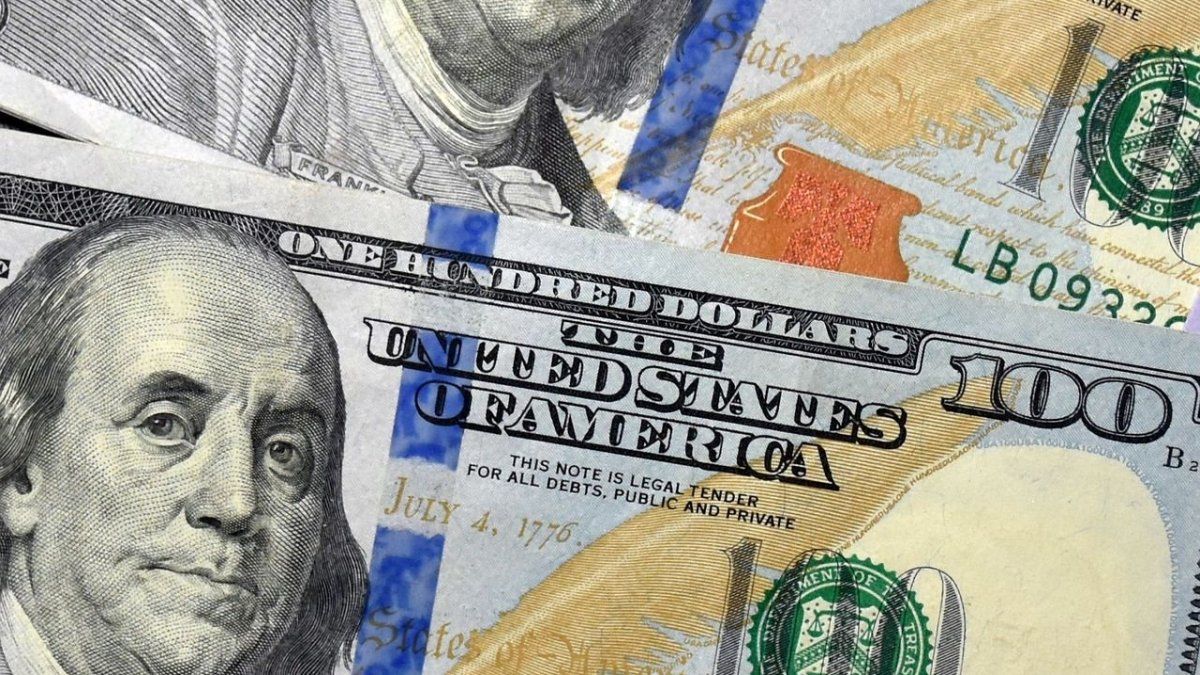In a week that will be highly volatile, the Government is betting on mitigating doubts. From the meeting with the banks to the negotiations with the IMF.
More by omission than by action, with an eye on the dollar and the IMF. Focusing on today’s meeting with banks, the government has probably wasted an important forty-eight hours trying to say something more reassuring to the “market”.
The content you want to access is exclusive for subscribers.
Since Friday, the day on which Minister Luis Caputo and the head of the BCRA Santiago Bausili They have made, within their possibilities, the best version of a monetary policy conference, the foggy transition gains weight, uncertainty settles in. This is so because The tensions and doubts that were evident throughout the last week, and that led the parallel exchange rate to the $1,350-$1,380 zone, did not subside.


The Government remains focused on trying to impose its view of the macroeconomic and financial future, ignoring those sectors that express their skepticism and, without a doubt, they are beginning to act accordingly. Thus, the idea is that we are entering this week with potential burdens, doubts, and tensions that are drawn by the possibility that the leaders of the financial market will end up acting based on the omissions of the economic team.
If you think about it, the Government sought to outline its roadmap, to explain the second phase of a plan that everyone took for granted had not yet started. There was talk of a “stabilisation” phase and the subsequent entry into force of the real “plan”. Now, it is known, It’s all part of the same sequence, the financial one, whose epicenter refers to the promise – until now never concretized on paper – of “zero emissions.”
The gap with the CCL dollar and the MEP
A survey of some conversations with financial system representatives confirms what has been stated above. The week begins with little or no level of conviction, Even if the banks end up reaching some provisional agreement in the always advantageous terrain of the desks. The lack of conditions to lift the exchange rate cap, and the virtual delay of the official exchange rate – the extension of the gap with the CCL dollar and the MEP – forces us to think that the characteristics of the program implemented have not yet borne fruit, are not convincing, and do not generate the support that this scheme requires.
The fourth quarter is supposed to bring the lifting of the currency controls. That is what the minister promises to anyone who wants to hear it. It will be, he says, a “third stage”, which on Friday he referred to as “growth”, an element that is currently absent from the economic plan. Bausili revealed that June ended with a negative balance in reserves and, note, that It is “likely” that the third quarter will end with a negative of about US$3 billion. “It is normal in winters in Argentina,” said the head of the BCRA.
Negotiation between Minister Luis Caputo and the IMF
In any case, the fact that will weigh heavily is that, without fresh money from the IMF, with negotiations just beginning, the exchange restrictions will continue. The reader must think about whether, perhaps, The Fund’s staff report and the statements of the organization’s top officials are not, as they seem, a kind of open-air negotiation.between the IMF and the Argentine Government. It is what the IMF is asking for versus what the Casa Rosada is willing to give, a tug-of-war that, in the best of cases reflects that negotiations are already underway. On this level, it is likely that a new agreement will be reached in the coming weeks. The question that will have to be asked is whether, in order to sign off on a new phase of the program and, in addition, to obtain those additional US$ 10,000 million, the Government will not have to give some sign of acceptance. Devaluation and subsequent exchange rate unification?
Source: Ambito




